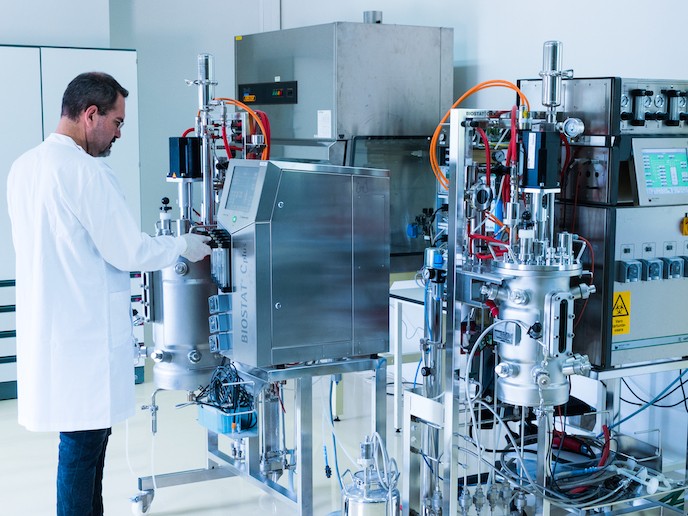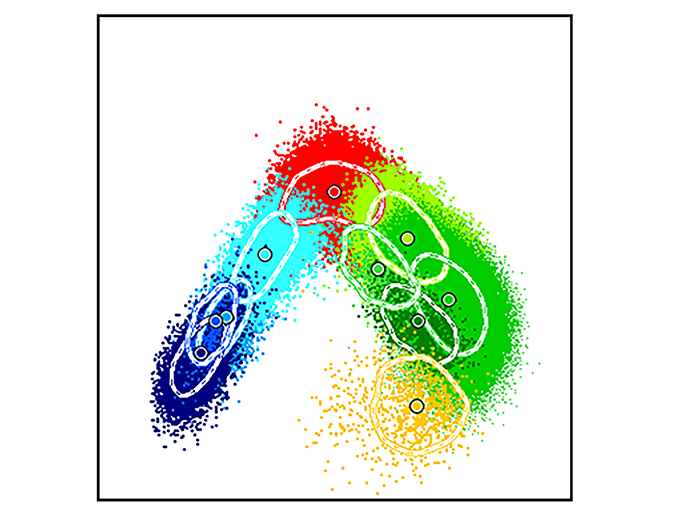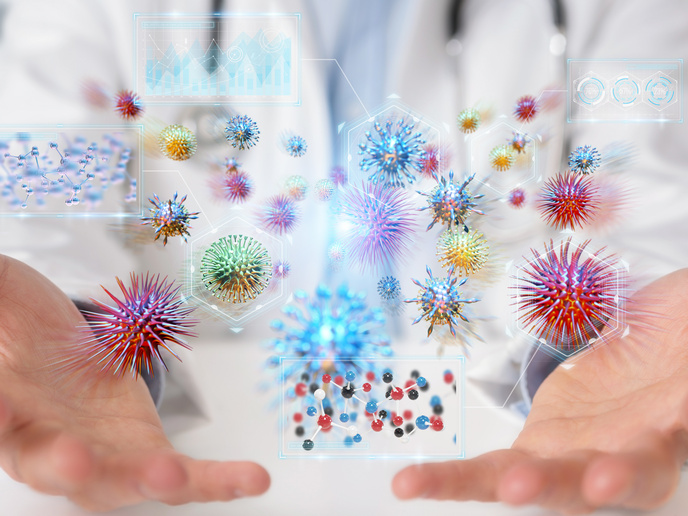Purification breakthrough opens door to cost-effective vaccines
Vaccines are an indispensable element of public healthcare. The production of vaccines however requires the downstream processing of biopharmaceuticals(opens in new window), a notoriously expensive and water-intensive activity. Pressure on resources is especially acute in developing countries, where water sustainability is a major issue. “Once the biopharmaceutical is produced in a bioreactor it needs to be extracted, purified and formulated,” explains DiViNe project(opens in new window) coordinator Manuel Carrondo, Director at the Institute of Experimental Biology and Technology(opens in new window) (iBET) in Portugal. “In the vaccine industry, purification processes are particularly complex as any contaminant must be removed via multiple elimination steps. Current purification processes lead to low final product yields and can account for up to 80 % of total production costs,” adds Carrondo.
Sustainable vaccine production
The EU project DiViNe set out to address these cost and environmental issues by developing an integrated vaccine purification platform that delivers higher yields and a lower environmental footprint. This was achieved primarily through combining two innovative technologies – Nanofitins(opens in new window) (artificial proteins with the ability to selectively bind antigens)(opens in new window) and energy-saving, highly selective, biomimetic membranes(opens in new window). “Affilogic and iBET were pushing Nanofitins as candidate pharmaceuticals, and we started wondering whether Nanofitins could be used for vaccine downstream processing,” explains Carrondo. “This was the beginning of the DiViNe project.” The first stage of purification involves a capture phase, where a target product – typically a biopharmaceutical – is isolated and concentrated. In the DiViNe project, Nanofitins were specifically designed to ‘capture’ three vaccine families, the first time this so-called ‘affinity concept’ was used in vaccine purification. These ‘affinity selective’ Nanofitins are linked to chromatographic beads(opens in new window) packed into columns by Merck KGaA. The broth taken out of the bioreactor passes through these columns. The antigens are fished out, while the water and impurities are washed away. Finally, a buffer recovers the purified antigen from the column. The second key innovation was the embedding of aquaporins – proteins that help cells absorb water – into a porous membrane. This was shown to be a low-energy way of separating water from contaminants and ensuring that water could be recycled in the vaccine production process.
A series of successes
“The first 2 years required all our partners to work out how best to combine their know-how and creativity to achieve proof-of-concept,” says Carrondo. “In the third year though, the results started to look encouraging.” GSK introduced a new candidate vaccine that was proving to be very hard to develop, and the project made significant progress on two other vaccine families. The biomimetic membranes produced by Danish start-up Aquaporin have consistently performed well in recovering the wastewater, permitting recycling into the production process, reinforcing Aquaporin as an industry authority expanding into related markets. “We have all achieved so much, and are now translating the results into patents,” says Carrondo. “The success of the project will ensure that partners continue to work together, long after the project has officially ended. In particular, we can use the cell banks produced by GenIbet Biopharmaceuticals to produce the Nanofitins for commercialisation.”







